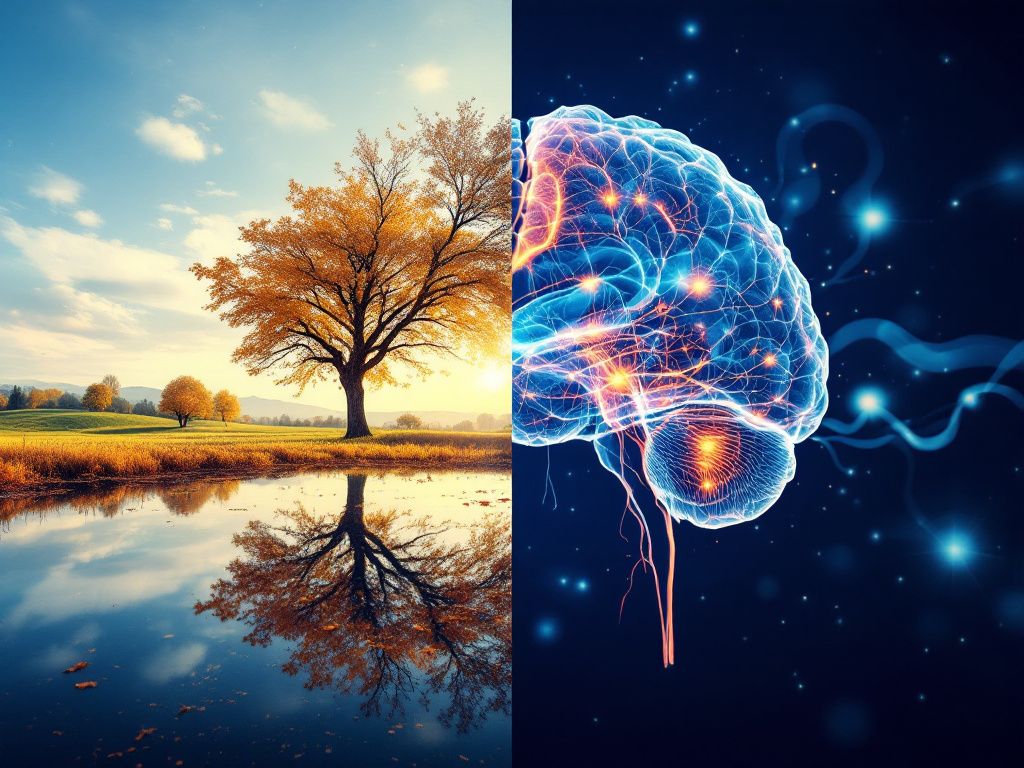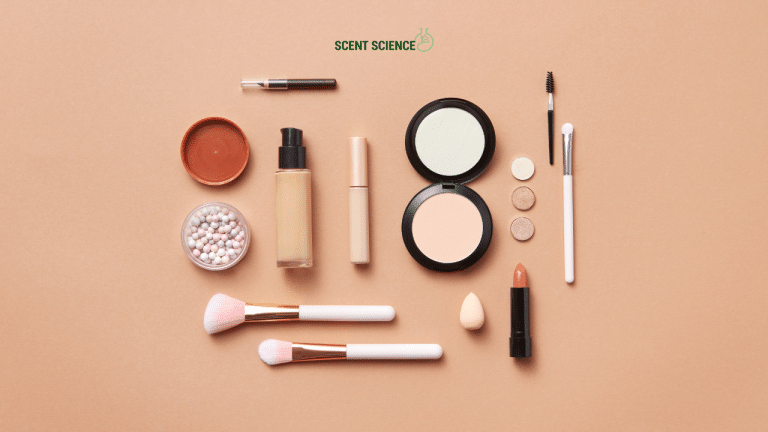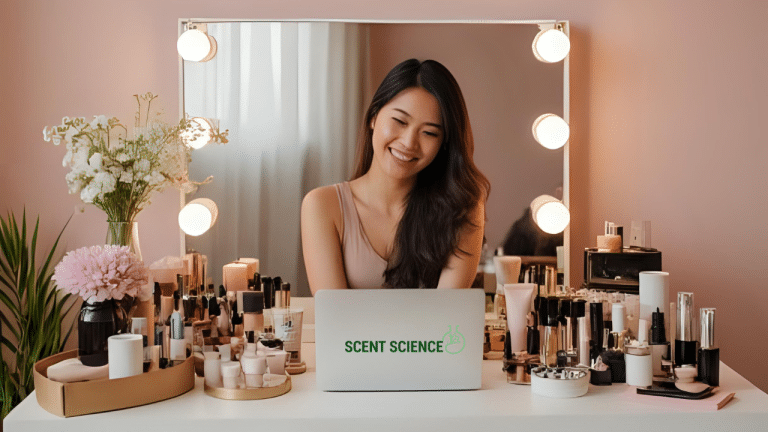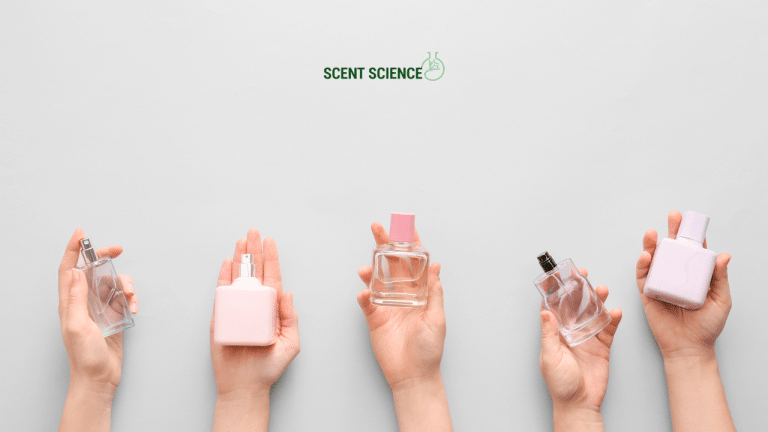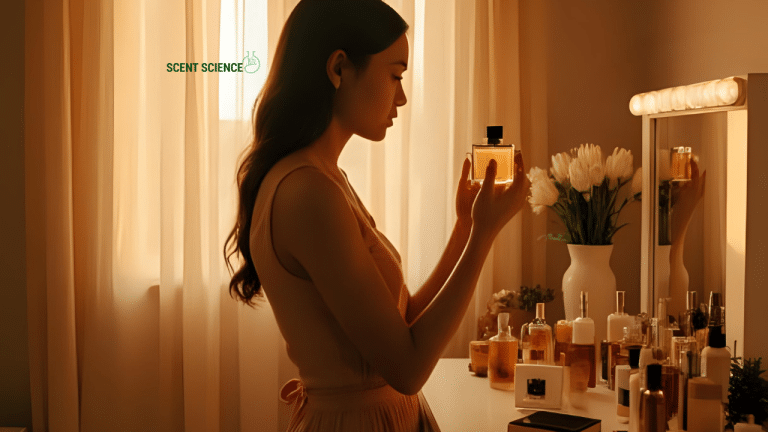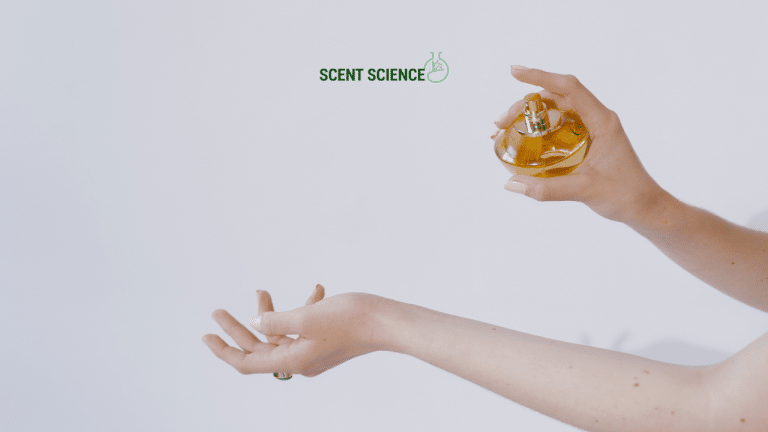As a cosmetic chemist and sensory scientist, the intriguing interplay between fragrance and human psychology is both a passion and a field abundant with emerging scientific insights. Fragrance is a medium through which we experience the seasons not only through sensory perception but also through its profound influence on mood, cognitive function, and overall well-being. This impact is modulated through intricate mechanisms involving volatile fragrance compounds, which interact with olfactory receptors to trigger various neurological responses.
Table of Contents
ToggleSeasonal Impacts and Fragrance
**Mood and Cognition:** The cyclical nature of the seasons has long been associated with fluctuations in mood and cognitive abilities. Fragrance compounds can modulate these seasonal impacts. For instance, terpenes like limonene and pinene, typically found in citrus and coniferous scents respectively, are known to evoke uplifting and invigorating effects. Research has demonstrated that these compounds, through olfactory pathways, can stimulate the limbic system to enhance mood and cognitive function, particularly beneficial during the short, low-light days of winter.
**Wellbeing:** The aromatic profile of products influenced by seasonal cues can significantly impact perceived well-being. For example, the rich, warm notes of vanilla and cinnamon, prevalent in autumn and winter-themed fragrances, can evoke feelings of comfort and security by modulating neurotransmitter release, most notably serotonin, which plays a vital role in mood regulation.

Fragrance Compounds and Psychological Effects
To delve deeper, specific fragrance compounds such as linalool, frequently found in lavender, have shown anxiolytic properties that help in reducing stress and promoting relaxation. This effect is mediated through the modulation of GABAergic neurotransmission, thus having a scientifically valid base for its application in reducing sensorily induced stress.
Hypoallergenic Fragrance Options

Consumers increasingly demand hypoallergenic fragrances due to rising sensibilities and concerns over allergens. The development of such fragrances involves removing common allergens, as identified by regulatory bodies like IFRA (International Fragrance Association), without compromising scent character. Compounds such as benzyl benzoate and hydroxycitronellal, often implicated in allergic responses, are typically reduced or eliminated. Techniques such as microencapsulation impart desired olfactory notes while minimizing dermal penetration, reducing potential allergenic effects.
Technology and Fragrance Science
**AI-Driven Formulation:** The intersection of technology and fragrance science is epitomized by the use of Artificial Intelligence (AI) in formulation. Machine learning algorithms analyze vast datasets of consumer preferences, ingredient lists, and historical formulation data to predict successful fragrance compositions. AI-driven generative models can suggest novel compound combinations that maximize both sensory appeal and allergenic safety.

**Personalization:** Personalized fragrances are the inevitable progeny of advanced technology applied in fragrance formulation. Utilizing biosensors and genomic data, AI systems curate bespoke scent compositions that align with individual psychological and physiological profiles. This personalization not only enhances user experience by resonating more precisely with personal psychologies, but also adheres to ethical fragrance practices tailored to personal hypoallergenic and aesthetic requirements.
In summary, the seasonality of fragrance compounds invigorates our physiology and psychobiology while intertwining subtle complexities governed by environmental cues. As the fragrance industry strides forward, embracing technological innovations and evidence-based strategies, it continues to offer compelling solutions that harmonize with our psychological and well-being spectrums while addressing hypoallergenic and personal needs in creative, scientifically substantiated ways.
Frequently Asked Questions
Why do people prefer different fragrances in different seasons?
People prefer different fragrances in different seasons because each season evokes distinct emotions, memories, and psychological needs. For example, spring fragrances often evoke rebirth and optimism, while winter fragrances are about richness, warmth, and comfort. Aligning fragrances with the natural rhythms of the seasons enhances the emotional and sensory experience[2][4][5>.
How do temperature and weather affect the performance of fragrances?
Temperature and weather significantly impact how fragrances perform. Heat accelerates the evaporation of volatile compounds in perfumes, making scents project more strongly in summer. Conversely, cold weather slows down this evaporation, making scents less detectable but longer-lasting in winter. This is why light, fresh fragrances are often preferred in summer and richer, heavier fragrances in winter[4>.
What types of fragrances are best suited for each season?
For spring, fresh and floral fragrances are popular, evoking feelings of rebirth and optimism. Summer calls for light, citrusy aromas that are refreshing and uplifting. Autumn is associated with cozy, comforting scents like cinnamon, vanilla, and wood notes. Winter fragrances often feature rich, warm notes such as pine, fir, and gourmand scents like vanilla and cinnamon[2][4][5>.
How do seasonal fragrances influence our emotions and moods?
Seasonal fragrances have a profound impact on our emotions and moods because scents are deeply tied to memory and emotion. For instance, the smell of cinnamon might evoke memories of cozy family gatherings, while the scent of burning wood could remind you of autumn nights by a bonfire. These associations can instantly uplift or calm us, making seasonal fragrances powerful mood-setters[3][4>.
References
